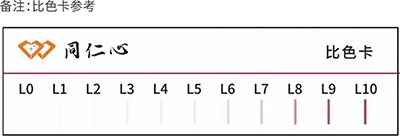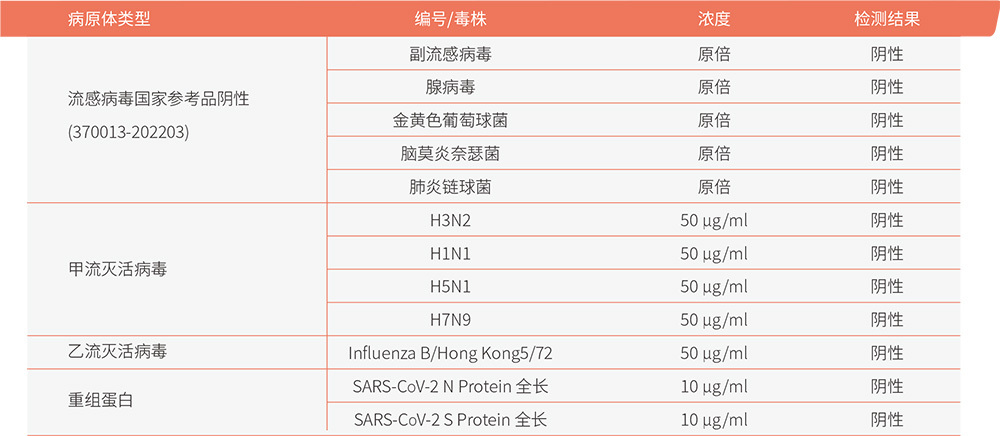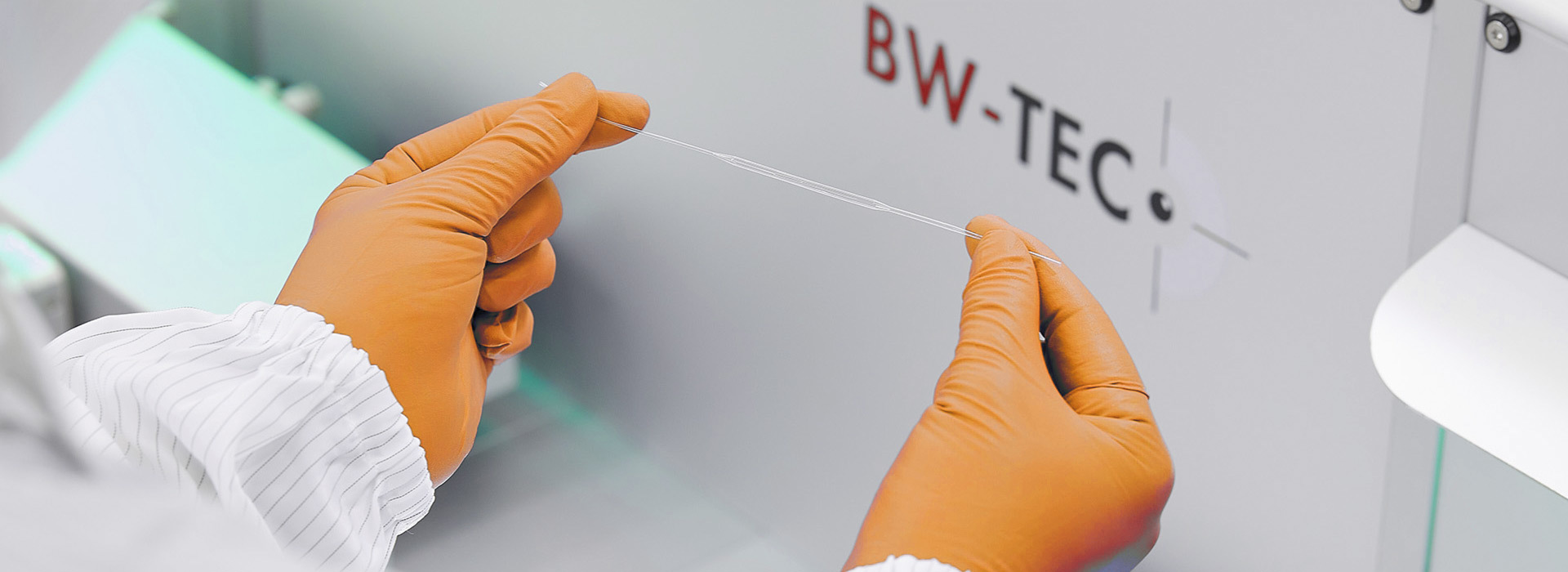Respiratory syncytial virus
Respiratory syncytial virus (RSV) is an enveloped single-stranded negative-sense RNA virus that belongs to the Paramyxoviridae family and the Pneumovirus genus. Human respiratory syncytial virus (HRSV) is one of the most important viral pathogens causing acute lower respiratory tract infections in children under five, the elderly, and immunocompromised individuals worldwide. It is primarily transmitted through contact with infected secretions or contaminated surfaces, and droplets and aerosols can also facilitate transmission. HRSV is widely prevalent globally, with outbreaks occurring mainly in winter and spring in temperate regions, while in tropical and subtropical areas, the infection rate significantly increases during the rainy season. The clinical manifestations of HRSV infection are difficult to distinguish from those caused by other respiratory viruses, necessitating laboratory testing for accurate diagnosis. The RSV genome is 15.2 kb in length and contains 10 genes that encode 11 proteins. The F fusion glycoprotein is crucial for the infectivity of RSV, mediating the fusion of the viral envelope with the host cell's plasma membrane, allowing the viral nucleocapsid to enter the cytoplasm, and inducing the fusion of adjacent cells' plasma membranes, promoting the formation of syncytia. There is only one serotype of RSV, but there are two genotypes—type A and type B. The F fusion glycoprotein is highly conserved among RSV strains, with over 90% amino acid sequence homology in both type A and type B strains. Xiamen Tongrenxin Biotechnology Co., Ltd (hereinafter referred to as "Tongrenxin") has extensive experience in developing antibodies against respiratory syncytial virus pathogens. Based on the immunogenicity and high conservation of the F protein, Tongrenxin has launched high-affinity antibody pairs targeting the F protein. The RSV F protein antibodies exhibit excellent detection performance, aiding in the identification and diagnosis of respiratory pathogens.
(1) Sensitivity
Using HRSV inactivated virus as a quality control product, a parallel comparison was made between the RSV reagent prepared by Tongrenxin and the mainstream RSV antigen detection reagents in the market. The sensitivity of the Tongrenxin reagent is superior, with specific comparison results as follows:


(2) Clinical Sample Specificity Assessment
In the clinical evaluation, a parallel comparison was made between the RSV reagent prepared by Tongrenxin and the mainstream RSV antigen detection reagents in the market, with specific comparison results as follows.

Positive agreement rate = 105/105*100% = 100.00% (95% CI: 96.47%-100.00%)
Negative agreement rate = 192/195*100% = 98.46% (95% CI: 95.58%-99.48%)
Overall agreement rate = (105+192)/300*100% = 99.00% (95% CI: 97.10%-99.66%)
Note: Three inconsistent clinical samples were retested using mainstream market PCR reagents, and the PCR results were positive.
(3) Cross-Reactivity
Different concentrations of parainfluenza virus, adenovirus, Staphylococcus aureus, Neisseria meningitidis, Streptococcus pneumoniae, influenza virus, and COVID-19 virus were diluted and tested against the Tongrenxin RSV antibody. The results showed no color development, indicating no cross-reactivity.

(4) Stability
After repeated freeze-thaw cycles, heat acceleration tests, and shaking tests on the main paired products of Tongrenxin RSV, there were no significant changes in the physical properties of the product, and both activity and specificity remained unchanged, indicating excellent product stability.

References:
[1] Chinese Preventive Medicine Association. (2023). CT/CPMA 028-2023: Diagnosis of Human Respiratory Syncytial Virus Infection [S/OL]. DOI: 10.3760/cma.j.cn112150-20230522-00399, 2023-06-06.
[2] Walsh E E, Hruska J. Monoclonal antibodies to respiratory syncytial virus proteins: identification of the fusion protein [J]. Journal of Virology, 1983, 47(1): 171-7.
[3] Mclellan J S, Chen M, Leung S, et al. Structure of RSV fusion glycoprotein trimer bound to a prefusion-specific neutralizing antibody [J]. Science, 2013, 340(6136): 1113-7.



